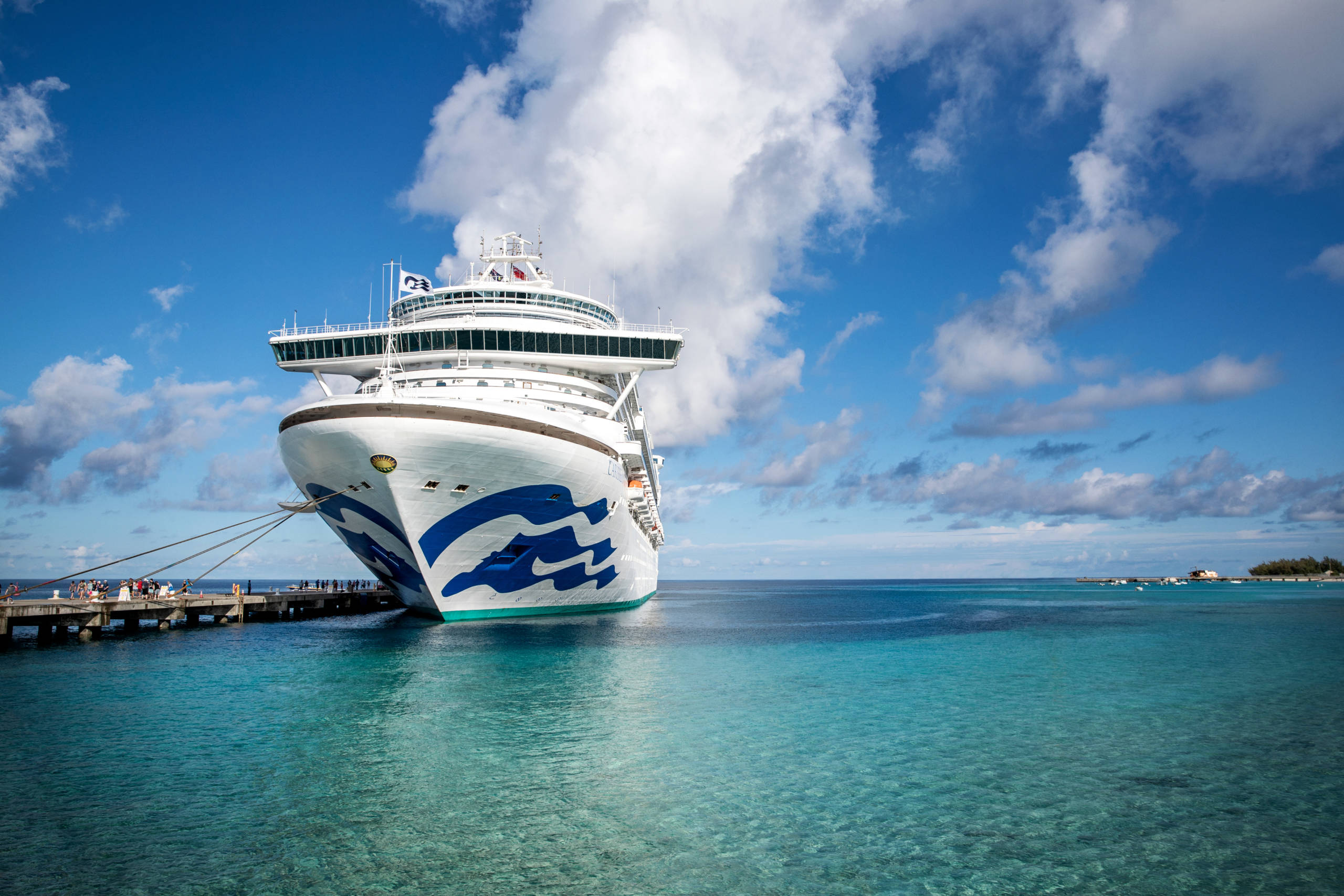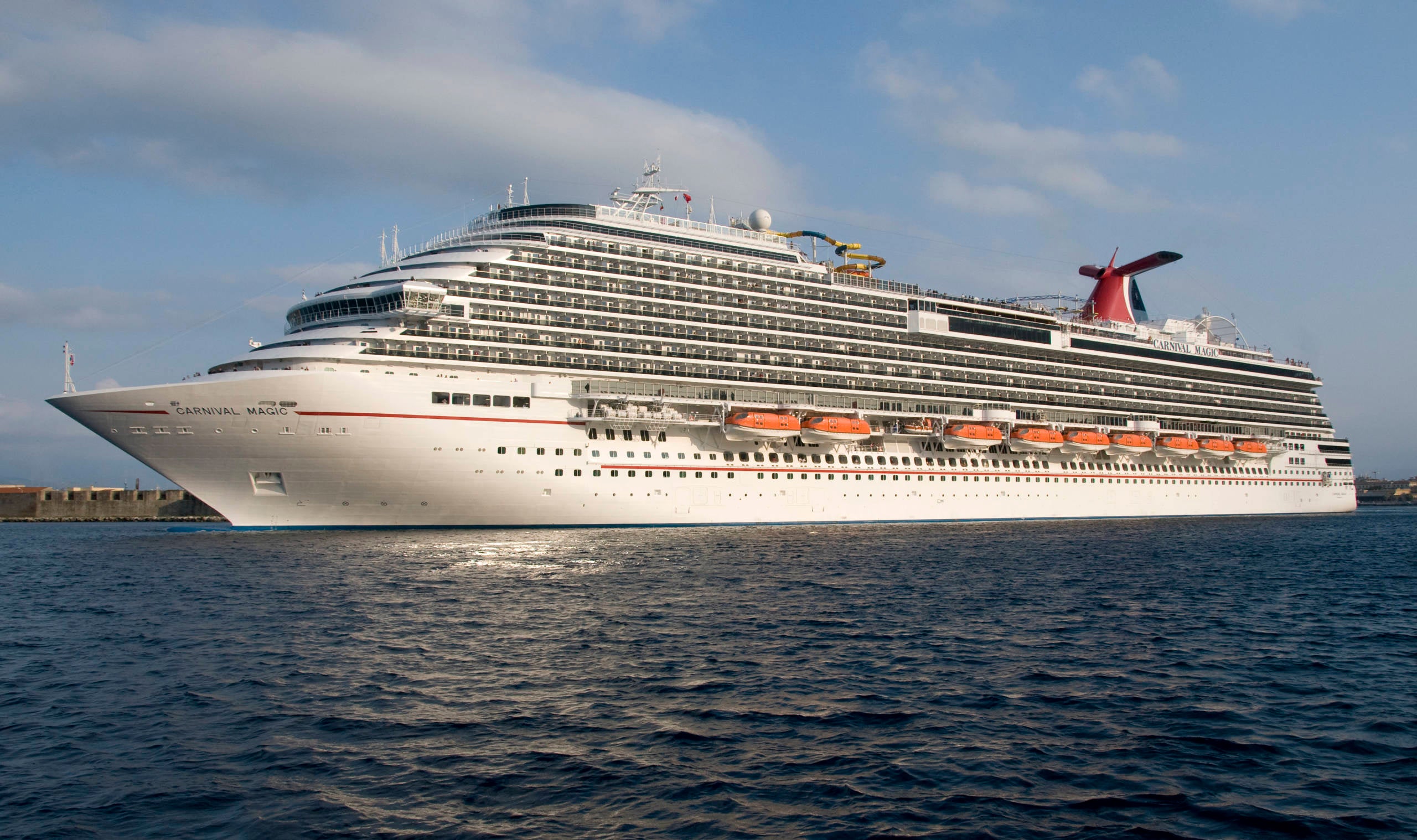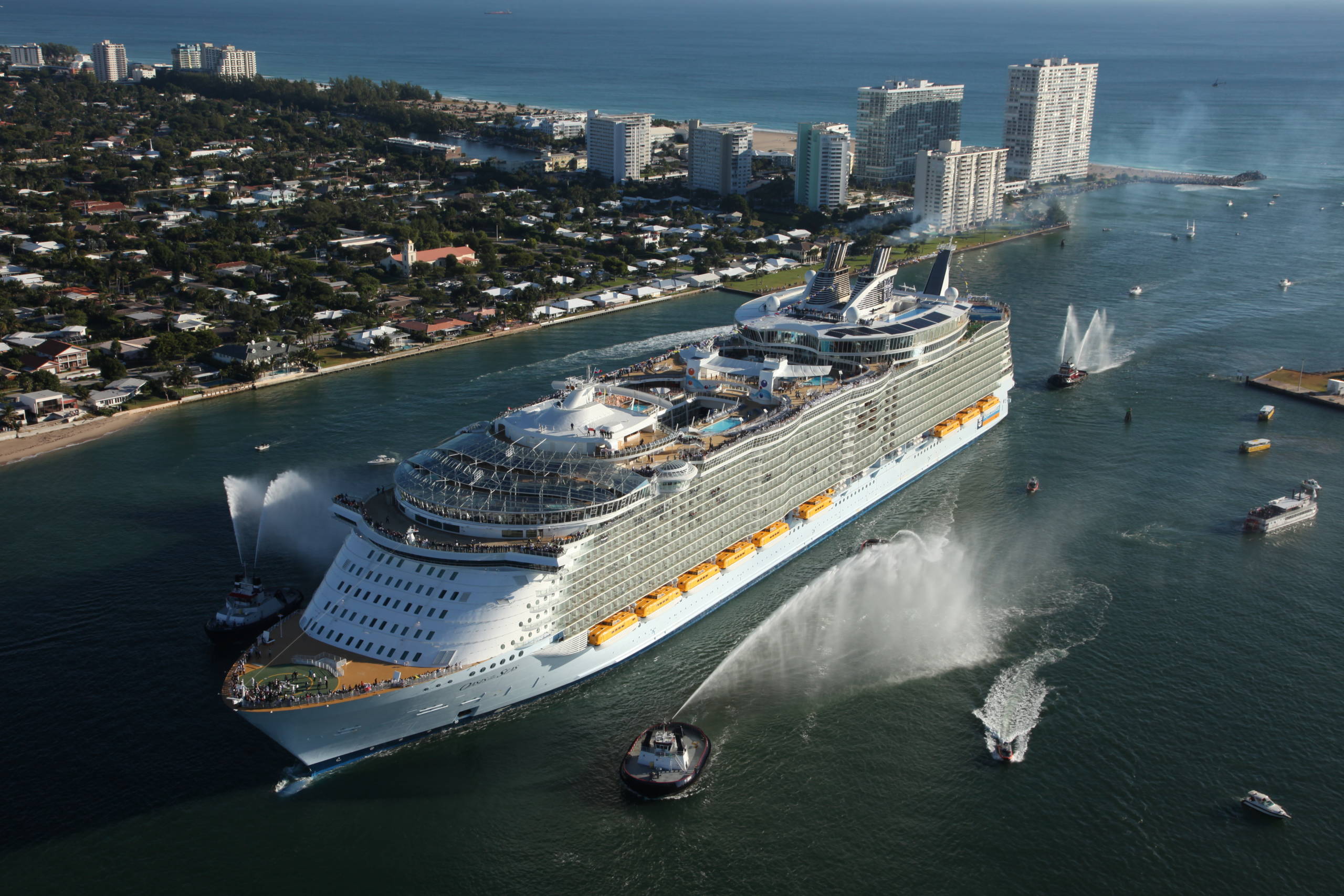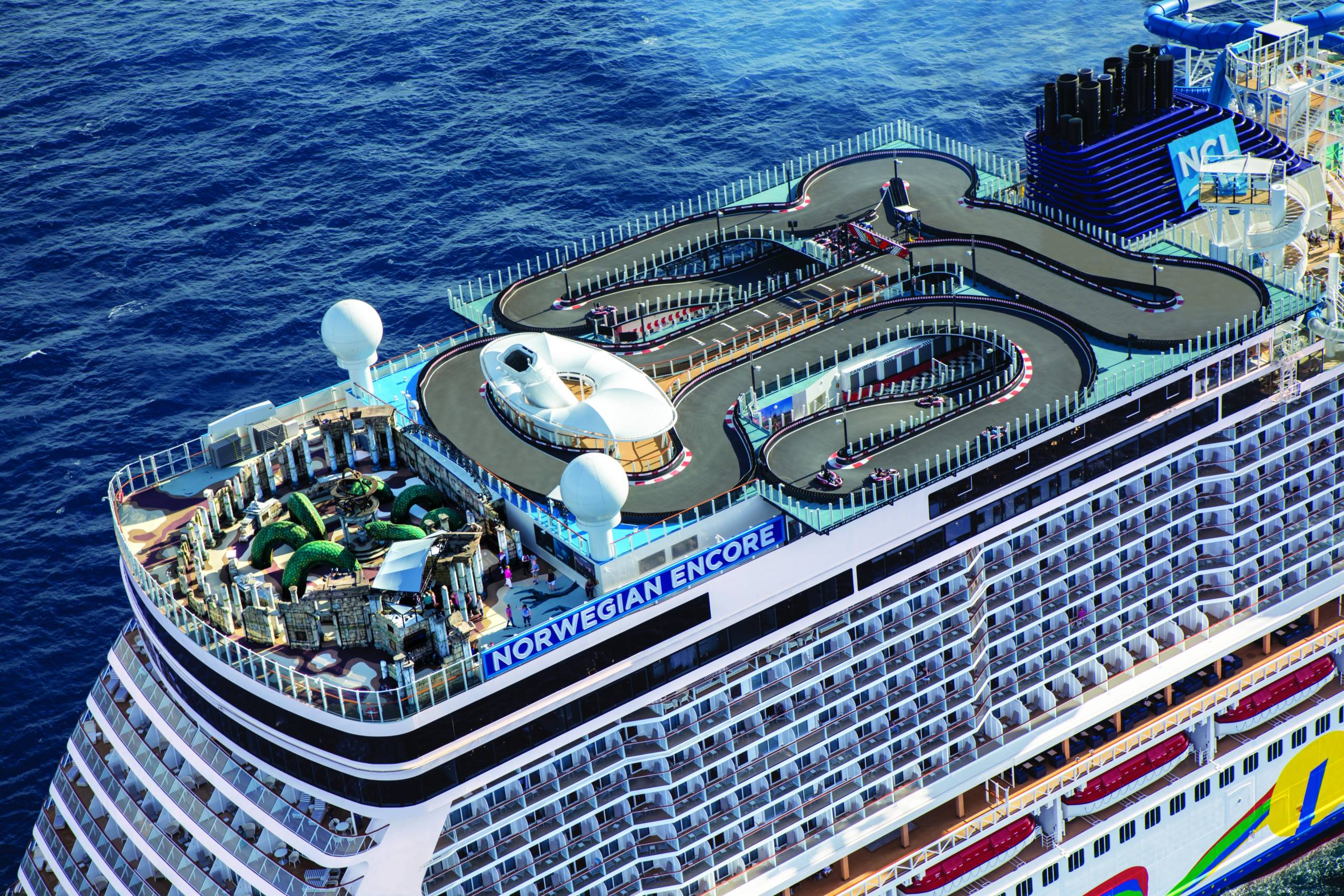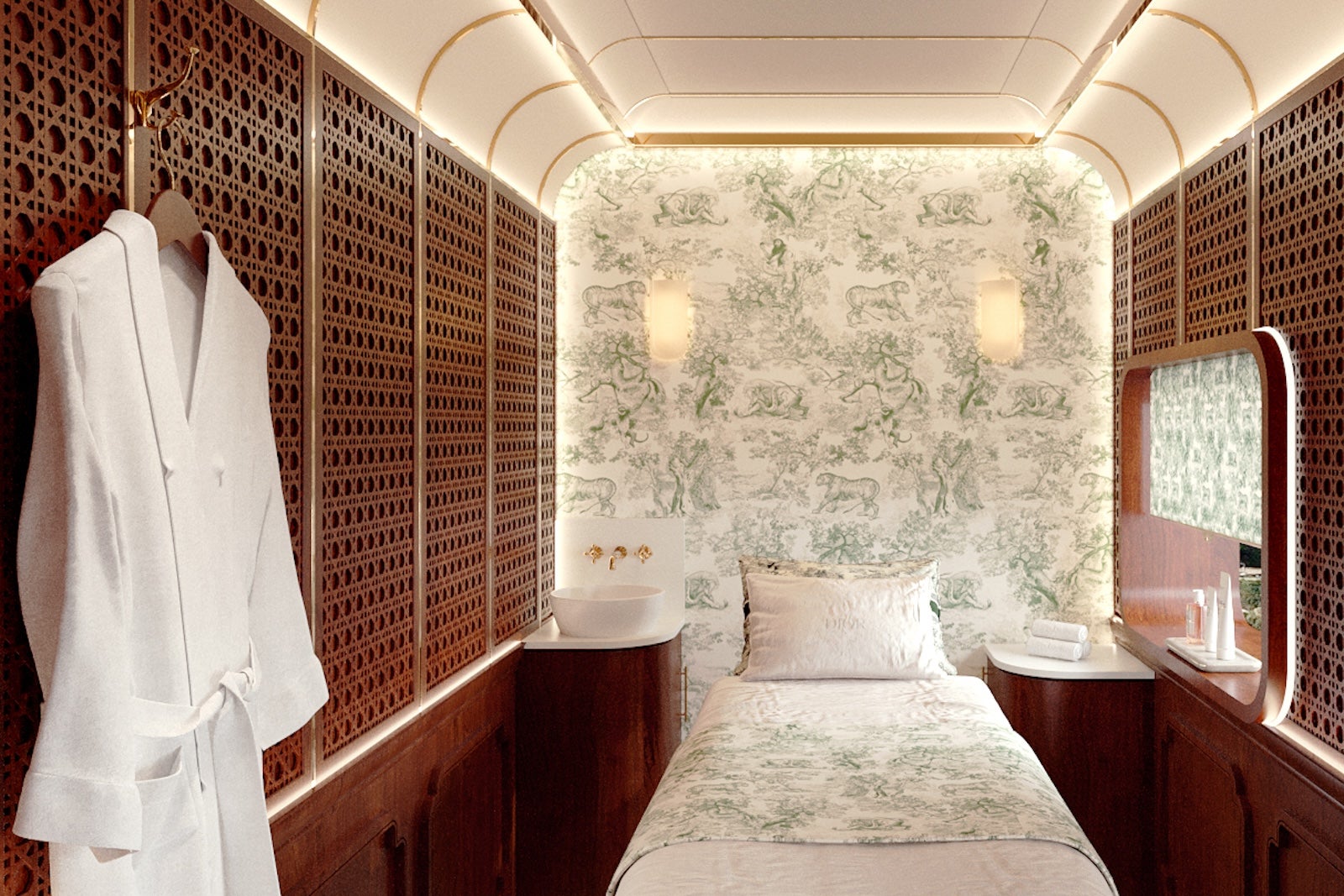11 extra charges on cruise ships that will drive you nuts — and what to do about them
One of the great allures of cruising is that a lot is included in the fare.
Those $499-a-week rates that you see advertised include not just a room on a ship but also meals and entertainment. The ship also acts as your transportation — it gets you from place to place at no extra cost.
Still, for the most part, cruises aren’t all-inclusive. On many ships, there are a lot of little things — and some big things — for which you’ll pay extra.
For more cruise guides, news and tips, sign up for TPG’s cruise newsletter.
Some of the things that come with an additional charge are what you would expect. You’ll pay extra for treatments in shipboard spas, for instance, or for guided shore excursions in most cases.
But on many ships, there also are a growing number of extra fees that might take you by surprise — particularly if you haven’t been on a ship in a while.
For instance, some lines now charge extra for room service — something that always used to be free. On some ships, certain menu items in the “free” main dining room now come with an extra charge.
Related: The ultimate guide to picking a cruise line
Here at TPG, we call this the nickel-and-diming-ization of the cruise world, and we’re not happy about it. You shouldn’t be happy about it, either.

Daily Newsletter
Reward your inbox with the TPG Daily newsletter
Join over 700,000 readers for breaking news, in-depth guides and exclusive deals from TPG’s experts
You also shouldn’t assume there’s nothing you can do about it. In the segments below, we look at nearly a dozen different fees that you may encounter when cruising on big-ship cruise lines — and offer advice on what to do about them.
Taxes, fees and port charges
At many lines, the extra-fee shocks start even before you get on a ship.
The first one you’re likely to encounter is a levy for “taxes, fees and port charges.” It’ll appear on your final invoice during the booking process, and it can often run into hundreds of dollars per person.
It can make a sailing significantly more expensive than it initially appears.
As of the date of this posting, for instance, Carnival Cruise Line was advertising four-night cruises to Mexico out of Los Angeles starting at $179 per person.
However, that doesn’t include taxes, fees and port charges of $118.65. So the true starting price of the cruise is 66% more than what you see in big print on the line’s website.
Related: 14 things you should do before every cruise
The taxes, fees and port charges line on invoices covers all the fees that countries, states, towns and ports charge ships and their occupants — fees that the line passes on to you.
You can’t get around these fees. However, you can go into the booking process wide-eyed by searching the fine print on booking sites for such fees before you commit to a particular sailing.
Internet access fees
Free internet has become standard at a lot of hotel chains, so it might seem logical that cruise lines would offer free internet, too. After all, cruise ships are just hotels that happen to float. In general, though, only the highest-end lines in the cruise world (and many river lines) offer free internet.
At many big brands, such as Royal Caribbean, Carnival and Princess Cruises, you’ll sometimes pay exorbitant amounts for internet access. The fastest service on Carnival vessels, for instance, was recently priced at $18.70 per person, per day. Compare that to what you pay for the internet at home.
One way to avoid the charges is to wait until you’re in a port to check your emails, read the news online and do whatever else you do on the internet. You can often find free internet in the cruise terminal where your ship docks or at a nearby cafe or eatery.
Related: 26 cruising secrets from an expert that will blow your mind
Another option: Some lines offer less expensive internet plans that have scaled-back access. Carnival, for instance, has a less pricey “social” plan that brings access to key social sites (Facebook, Twitter, Instagram, etc.), as well as messaging services such as WhatsApp — but not much else — for $12.75 a day. It may be all you need.
Note that these internet charges seem to do nothing but rise in cost. At $12.75 Carnival’s social plan costs 37% more than it did two years ago.
Room service ‘convenience’ fees
Complimentary room service used to be a standard on cruise ships, but a growing number of lines now charge extra for it.
The world’s biggest cruise line by passenger capacity, Royal Caribbean, for instance, now levies a $7.95 per order “service charge” for room service even if all you order is a single side of hash browns.
It also — and this could really drive you nuts — adds an 18% “gratuity fee” on top of the service charge for good measure. For the record, we find that fee-on-top-of-a-fee structure absurd. Just say you’re going to charge us $9.38.
Related: How to book a cruise with points and miles
Other lines that have started charging for room service include Norwegian Cruise Line, which now has a $9.95 “convenience charge” for room service. Celebrity Cruises also added a $9.95 room service fee this year for all items except Continental breakfast. Like Royal Caribbean, Celebrity adds an 18% gratuity fee on top of that charge — another service fee on top of a service fee situation that we find innane.
The way around these fees is simple: Don’t order room service.
On many ships, there is no-extra-charge food available nearly around the clock from multiple outlets just steps away from your room, from casual buffet eateries to grab-and-go pizza stands. All it takes is a short walk from your cabin to get it.
Related: 21 tips and tricks to make your cruise go more smoothly
Drinks charges
While meals are generally included on cruise ships (at least in some onboard eateries), you’ll pay extra for most drinks — and not just alcoholic drinks.
On many ships, soda and bottled water come with an extra charge (though, oddly, coffee, iced tea, lemonade and hot chocolate usually are available for free). A soda can cost anywhere from $2 to $4, depending on the line.
The exception is on luxury lines, where drinks of all types are generally included in the fare. Many river lines will include many drinks, including beer and wine, with lunches and dinners.
If you’re a big drinker, consider a drinks package. It can save you money if you normally would order a large number of drinks every day. That said, drinks package prices have soared of late, with one of the biggest lines now charging $138 a day for its top-tier drinks package.
Related: Are drinks packages worth the price? A line-by-line guide
Corkage fees
Speaking of drinks, many cruise lines will allow you to bring your own wine or Champagne on board, usually in limited quantities. If you do so, be careful where you drink it. Depending on where you pop open your own bottle, you might be slapped with a corkage fee of $15 or more.
Lines such as Royal Caribbean, Carnival and Princess levy corkage fees for passengers opening their own bottles in restaurants, bars, lounges and other onboard venues.
The only way to avoid this fee is to open your wine or Champagne in your room and then either drink it there or take it around the ship in a nondescript glass.
Not that this always works: Norwegian charges a $15 corkage fee even if you want to drink your own wine in your own room. It will levy the charge the moment you walk on board with a bottle.
Fees for lounging in adults-only areas
Several of the biggest cruise lines like to boast about the adults-only sunning areas on their ships where you can escape from the little ones. However, what they sometimes leave out is that they’ll often charge you for the privilege of being in a kids-free zone.
Princess, for instance, charges $20 per person for a half-day pass to the Sanctuary, an adults-only lounge area found on most of its ships (a full-day pass costs $40 per person).
Norwegian has an adult lounge area called Vibe Beach Club on some of its ships that can cost a whopping $99 per person for a day pass (or $278 for two if you want a cabana). Week-long passes, at $209 per person, are a better deal.
If you love the idea of an adults-only deck-top area but don’t want to pay for it, you might want to look at Disney Cruise Line and Carnival ships. Both lines offer adults-only zones that are available to passengers at no extra charge.
Or consider a trip with Viking or Virgin Voyages. Neither allows kids, so every lounge area on the ship is a kids-free area.
Related: 5 cruise lines to try if you can’t stand being around kids
Fees for select menu items in the ‘free’ dining room
One of the hallmarks of cruising is that there’s always a free meal available somewhere on a ship. All but the smallest vessels usually feature a main dining room that is included in the fare, as well as a buffet eatery where you can count on getting complimentary breakfast, lunch and dinner.
However, in recent years some lines have started sneaking extra charges into these “free” eateries.
Carnival and Royal Caribbean now charge extra for filet mignon, lobster or a surf-and-turf combination entree in their main restaurants. The prices range from around $17 to well over $30 a plate.
Princess sometimes turns its free buffet area into a “crab shack experience” serving such items as snow crab, jumbo shrimp, clams and mussels for a hefty fee.
The way to avoid this: Order the chicken.
Related: The ultimate guide to Royal Caribbean
Fees for using spa areas
A growing number of cruise ships have luxurious spa complexes that go well beyond treatment rooms.
You’ll find sprawling “thermal suites” with saunas and steam rooms, thalassotherapy pools, heated loungers, rain showers and even snow rooms (with real snow) where you can laze away the day. On many vessels, though, you’ll face a steep charge just to set foot in one of these areas.
Norwegian charges $199 per person per week for a thermal suite pass at its spas (day passes also are available for $49), and lines such as Cunard and Carnival have daily fees for access to thermal suites, too.
The good news: Not every thermal suite on a ship comes with an extra charge. Fast-growing Viking has made free access to the thermal suites in its spas a hallmark of the line.
Fees for access to top attractions
Some of the signature attractions on big cruise ships such as Norwegian Encore and Royal Caribbean’s Anthem of the Seas come with extra fees.
Norwegian Encore’s much-ballyhooed go-cart track (it’s one of the only ones at sea) will set you back $15 for a single, eight-lap ride. The ship’s nearby laser tag course will cost you $10 for a five-minute shoot-out. In both cases, you can buy a weeklong pass, but only if you’re OK dropping an extra $199 per person.
Royal Caribbean, meanwhile, will charge you extra for a 60-second flying experience on Anthem of the Seas’ skydiving simulator (after one initial free ride). Carnival charges as much as $59 for a two-hour class in the kitchen classroom on one of its newer ships, Carnival Panorama, and tacks on an 18% gratuity fee on top of that, too.
Other cruise ship attractions that often come with an extra charge include wine-tasting events, IMAX theater shows, escape rooms and behind-the-scenes tours.
Related: 12 cruise ships with the most fun attractions
Fitness class fees
Access to the fitness center on your cruise ship will be included in the fare, but that doesn’t mean you can go to fitness classes for free. On many ships, you’ll pay $10 or more for classes in yoga, Pilates, spinning and the like.
This isn’t always the case. River lines and luxury lines often offer fitness classes at no extra charge, as does adult-only line Virgin Voyages. However, on most mass-market ships, expect to pay extra.
If taking lots of fitness classes is part of your vacation routine, you might consider the value of trading up to a higher-end cruise line that includes fitness classes (and other extras) in its fare.
Automatic gratuities
Some cruise lines call them service fees. Others call them gratuity charges. Either way, the daily fees that some cruise lines tack on to passenger bills can be a shock to first-time cruisers.
At some lines, these charges run as high as $25.50 per day. Also, unlike the typical service fee or resort fee found at a land resort, they are not per room. They are per person.
At big lines such as Royal Caribbean and Norwegian, it’s not uncommon for a family of four staying in a single cabin to see around $70 to $80 a day in service fees added to its bills (Royal Caribbean recently hiked its service charge to $72 per day for a family of four). On a typical seven-night cruise, that’s around $500 in fees for a family of four.
Want to avoid such charges? One way around them is to book a cruise during one of the frequent promotions that some lines offer where they throw in service charges for free.
Another option: Consider one of the growing numbers of lines that include service charges in their base fares.
Lines that now include gratuities in their fares include Azamara, Ponant, Regent Seven Seas Cruises, Scenic Luxury Cruises & Tours, Seabourn, SeaDream Yacht Club, Silversea Cruises and Virgin Voyages.
Related: Everything you need to know about tipping on cruise ships
Cruise lines without lots of extra charges
If you’d rather not bother with workarounds and just want a more inclusive cruise experience, you might want to book a trip with a luxury cruise line such as Regent Seven Seas Cruises, Silversea or Seabourn. Luxury lines generally include almost everything in their base fares, from drinks of all kinds to gratuities.
Luxury lines have much higher fares than mainstream brands such as Royal Caribbean, Norwegian and Princess, of course. However, the price differential sometimes isn’t nearly what it appears when you start to factor in all the extra charges you’ll experience on a less all-inclusive line.
River cruise lines at many price points also are known for their all-inclusiveness. It’s common for even mid-priced river cruise lines to include shore tours in every port, for instance. Many offer wine, beer and soda with lunch and dinner at no extra charge.
Planning a cruise? Start with these stories:

